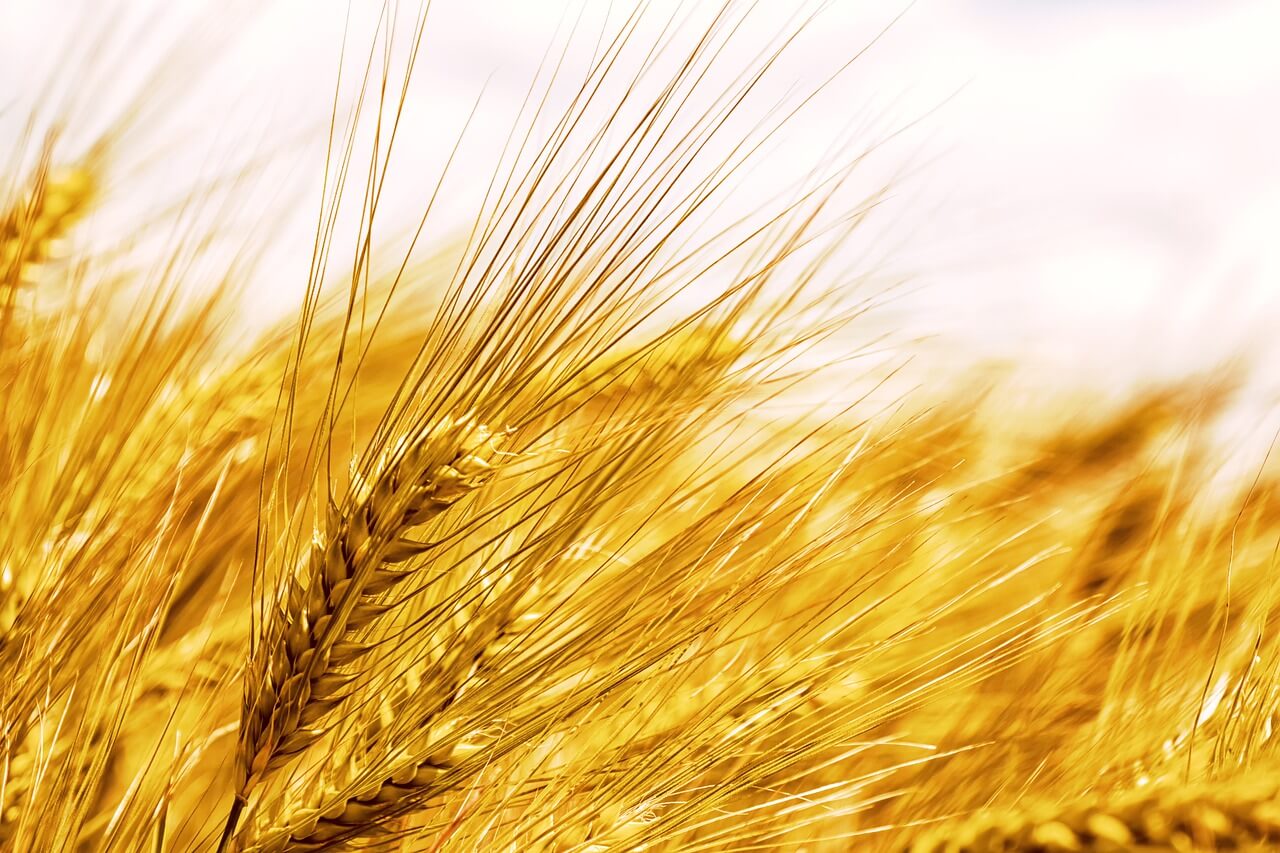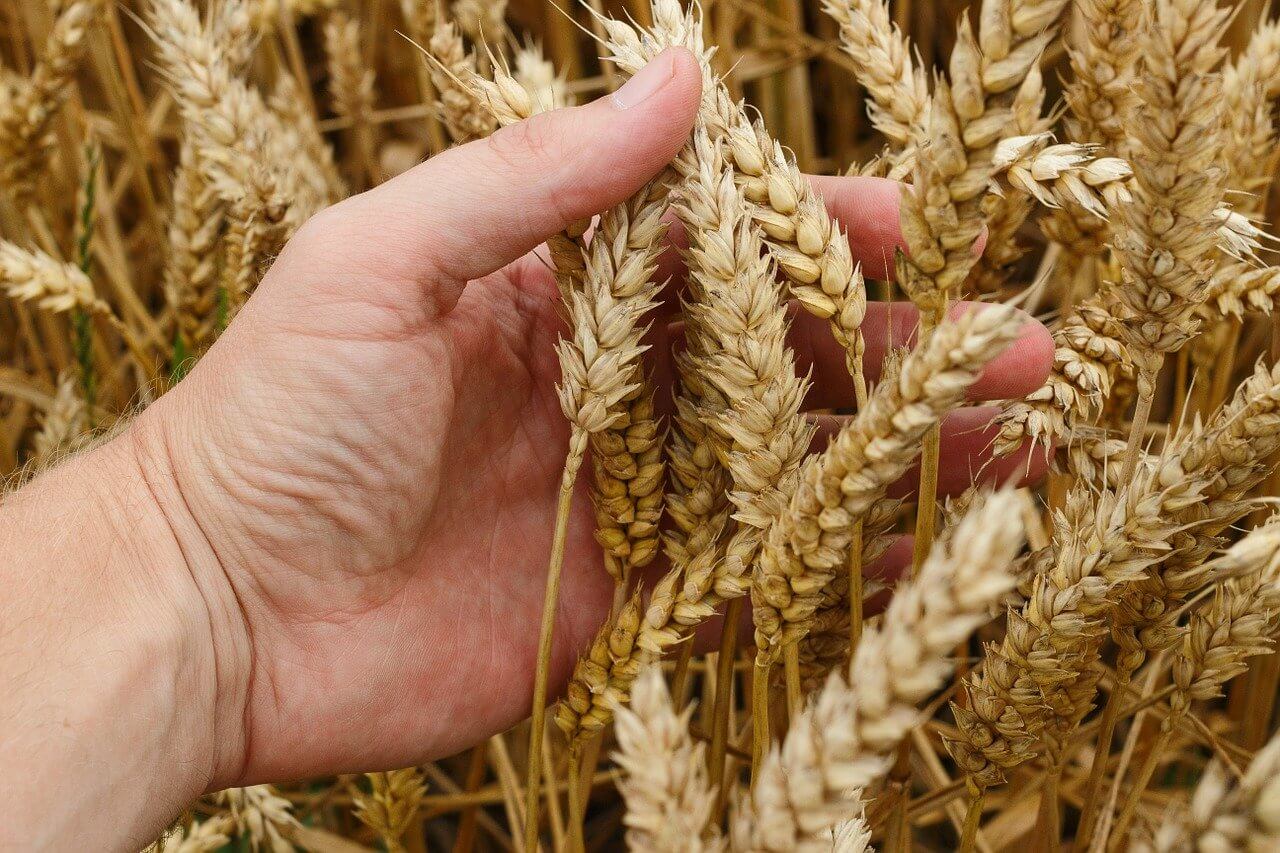Wheat and barley are two of the most-produced cereal grains in the world. Although wheat is a bigger part of the human diet, the health benefits of barley should not be overlooked. Read on to see which grain is healthier, and to find out whether you could grow them at home.
What You'll Learn Today
- How Can You Tell the Difference Between Wheat and Barley?
- Common Uses of Wheat and Barley
- Which is Healthier – Wheat or Barley?
- Which Grain is Easier to Grow?
- Frequently Asked Questions
- How are wheat and barley usually used in the modern world?
- Have wheat and barley been grown as a crop for about the same amount of time in history?
- Are wheat and barley members of the same plant family?
- Why is whole wheat flour different or better than white flour?
- How can you use barley?
- Are wheat and barley comparable in terms of nutrition and fiber content?
How Can You Tell the Difference Between Wheat and Barley?

Visually, these two crops are similar. If you don’t come into contact with either grain in its natural form regularly, it can be tricky to tell the difference between the two.
Barley has a longer “beard” than wheat. The beard refers to the bristly material that sticks out from the top portion of the plant. Barley spikes also bend, whereas wheat spikes are straighter.
In terms of color, wheat is golden brown when it’s ready to harvest. Barley is more of a yellow-white color at harvesting time.
Common Uses of Wheat and Barley
Humans have grown wheat and barley for thousands of years. They are both types of cereal grains and have many uses.
In the United States, the two biggest uses for barley are to make animal feed and alcoholic beverages. Since it’s the best grain for malting, it has become an important element in making whiskey and beer.
Barley can be cooked like rice in both the hulled and pearled forms. Hulled barley is more nutritious than pearled since it contains the outer layer of bran.
Wheat is used in a wider variety of food products than barley. The wheat that we consume has been processed by milling the grain to turn it into flour. In flour form, it’s used to make bread, pasta, couscous, cereal, and more.
Which is Healthier – Wheat or Barley?

The health benefits of wheat and barley can vary by person. For example, someone with celiac disease cannot eat anything with gluten in it, which rules out both barley and wheat.
People with irritable bowel syndrome should also avoid both grains since they contain sugars that are not broken down during digestion.
Those factors aside, most people can safely tolerate both barley and wheat and can reap a lot of health benefits. Here’s how they stack up in terms of nutrition stats:
| Calories per 100 grams | Protein per 100 grams | Fiber per 100 grams | Carbohydrates per 100 grams | |
|---|---|---|---|---|
| Barley (Pearled) | 352 | 10 g | 16 g | 78 g |
| Barley (Hulled) | 354 | 12 g | 17 g | 73 g |
| Wheat (Flour, whole grain) | 332 | 10 g | 13 g | 74 g |
| Wheat (Flour, all-purpose) | 364 | 10 g | 2.7 g | 76 |
This chart compares the whole grain and non-whole grain forms of barley and wheat. Pearled barley and all-purpose wheat flour are not whole grain.
Health experts recommend whole grains over refined grains because they aren’t as processed and are densely packed with nutrients. People who replace refined grains with whole grains have a lower chance of heart disease, diabetes, and cancers, among other things.
While each of these grains is comparable in terms of calories, protein, and carbs, barley is the clear winner if you’re seeking a high-fiber diet. Barley also contains beta-glucan, which can lower your cholesterol.
Which Grain is Easier to Grow?
If you’re planning on growing them, the ease of growth partly depends on the climate in your area.
You should try to choose the type of grain that best suits your area. Here are the main factors to consider:
Wheat Requirements
- Temperature: During the growing season, the best temperature for wheat to grow is around 59 degrees Fahrenheit. You’ll want the weather to be warm and moist in the early growth stage. In the later stages, the weather should be sunny and dry.
- Rainfall: Wheat needs between 12-15 inches per growing season to yield a good crop.
- Soil conditions: Well-drained loam or clay loam soils are best for growing wheat.
- Harvest to table: Wheat needs to be processed and milled into flour before you can consume it.
Barley Requirements
- Temperature: Barley favors cooler temperatures. It can sprout in temperatures as low as about 34 degrees Fahrenheit. The temperatures should only rise to a high of 70 degrees Fahrenheit in the weeks leading up to the harvest.
- Rainfall: Barley should receive about 15-16 inches of rainfall per growing season.
- Soil Conditions: Barley is not as picky in terms of soil types, and will do well with anything from well-drained heavy clay to light or sandy loam soil.
If you’re curious about how barley is harvested, check out quick the video below. It also gives you a better idea of how farmers distribute their barley crop after harvesting.
Overall, wheat and barley are similar in that they are both cereal grains. Incorporating both whole grain wheat and barley into your menu will have lasting health benefits.
From an agricultural standpoint, if you live in an area that supports the necessary growing conditions, growing wheat and barley from home are viable options, and can be a rewarding endeavor.
Frequently Asked Questions

How are wheat and barley usually used in the modern world?
Both of these grain crops are considered major crops. They are used to make a wide variety of foods and beverages for human consumption, as well as being broadly used in the production of animal feed.
Have wheat and barley been grown as a crop for about the same amount of time in history?
Yes, both got their start as domestic crops in the Middle East about 10,000 years ago.
Are wheat and barley members of the same plant family?
Yes, they are members of the Poaceae family of plants, as are some other valuable crops, such as corn, rice and sugarcane.
Why is whole wheat flour different or better than white flour?
When wheat is milled, it can be milled in a way that simply grinds the grain without removing the high fiber, nutritious bran and wheat germ. This is whole wheat flour. White flour is refined meaning that it is milled in a manner that removes these elements making it (perhaps) more palatable but less nutritious and healthful.
How can you use barley?
Barley is more often used as animal feed than as human food, but it certainly has an important place in beer making, and it can be used as a cooked grain. Prepare it just as you would rice, and use it as a side dish, in soups or casseroles and similar applications.,
Are wheat and barley comparable in terms of nutrition and fiber content?
They are quite similar when it comes to vitamins and minerals, fats, carbohydrates, protein and calories; however, the processing of wheat often causes it to lose fiber. This is not the case with barley, so it is typically a better source of fiber.
By the way your top picture is bearded wheat not barley!
Interesting read! I never knew there was such a difference between wheat and barley, but it’s good to know that they have distinct characteristics. Thanks for sharing this informative post!